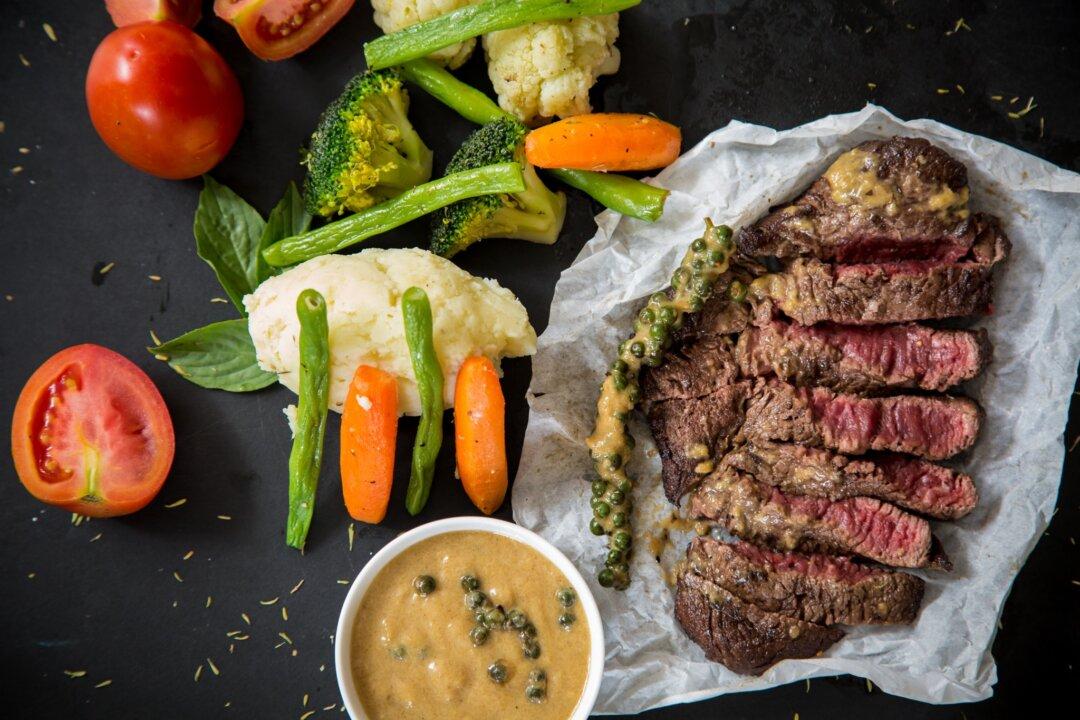There’s an ongoing dietary movement shifting focus away from animal products toward plant foods; this is no secret. And there are many reasons people might limit or avoid meat, including religious beliefs, concern for the ethical treatment of animals, health concerns, and concerns about the well-being of the planet. While most people think of vegetarian or vegan diets as the only options, there is another one -- a flexitarian diet.
Most everyone has an idea of what constitutes a vegetarian or a vegan diet, but what about a “flexitarian” diet? A blend of the terms “flexible” and “vegetarian,” the term was introduced more than a decade ago, and was even entered into the dictionary in 2014, making it official.





